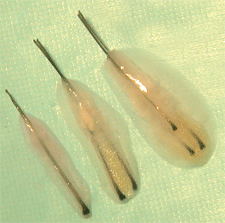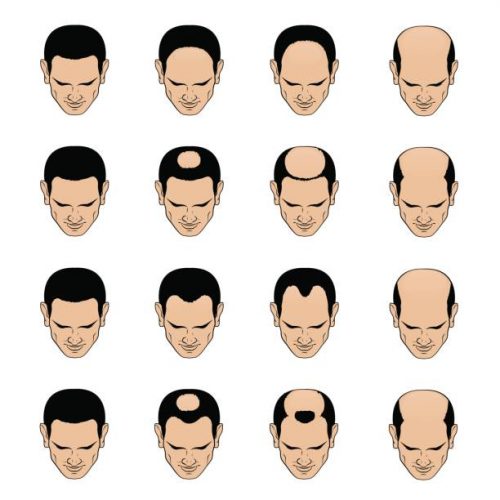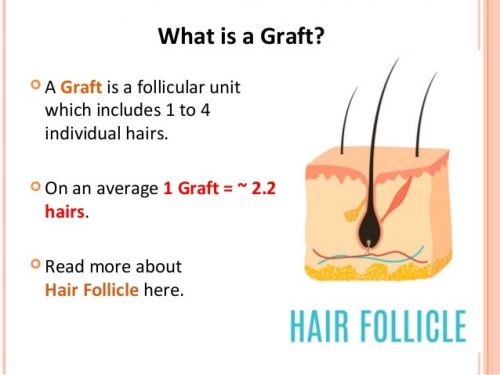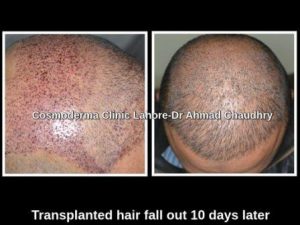The hair miniaturization Phenomenon is a continuous reduction in the size of a person’s follicle shafts. This indicates that the hair, which once developed healthy, onsets creating tinier follicles with a delicate shaft that can easily fall out. This cycle, which normally dominates men, results in follicle cramping, making it difficult for the strands to evolve. The miniaturization of any scalp during male or female patterned hair loss is usually observed by obvious regions of baldness on the head when the scalp strand comes to be concealed to the naked eye. This can bring to the shortening of strands and the constricting of bristles, which eventually leads to weakening and loss.

Causes and symptoms of Hair miniaturization phenomenon
The hair miniaturization phenomenon can occur for several reasons and may affect over 20% of the area of your scalp. Here is a look at the main causes and symptoms of follicle miniaturization.
Main causes include:
- Nutrition: Nutritional deficiency and inadequate delivery of nutrients to the scalp can undermine the hair, slow the follicle growth cycle, and, eventually, govern miniaturization.
- Age: Older people are more probable to encounter strand miniaturization and male pattern baldness.
- Genetics: It is hereditary with genes succeeding from parents. if your mother’s father suffered from follicle miniaturization, you’re more probable to also endure it. But it can also be enacted from the father’s side.
- Levels of Dihydrotestosterone (DHT): DHT is a male sex hormone recognized as androgen. Distinct strands have a genetic propensity to fall out if disclosed to elevated degrees of DHT. DHT can clinch the strand and cause it to relieve prematurely.
Main signs include:
- Excess Shedding: Normally 50 to 100 bristles sheds off per day. If you are shedding more than the standard number, then your strand may be impacted by Miniaturization Phenomenon.
- Receding: Women see receding around their temples while for men they typically dwindle at the hairline when they encounter miniaturization.
- Widening Part: For women, the widening part is the main sign of strand loss. When your bristle starts to thin, you may discover more scalp showing around your part.

Natural treatments for Hair Miniaturization Phenomenon
The hair Miniaturization Phenomenon could be remedied with the aid of some home remedies. Here is a list of several homemade things that are supportive of treating loss.
- Ginseng’s addition may stimulate your follicles, inducing hair growth.
- Biotin’s addition may nurture your fur, but won’t certainly assist to regrow hair.
- Rosemary oil may be stirred with a courier oil and scrubbed into your scalp. Rosemary is extremely beneficial in dealing with male pattern baldness.
- Geranium oil may enhance circulation to your scalp, which is also how some of the medication treats inactive pattern baldness.

Clinical treatment for hair miniaturization phenomenon
The hair miniaturization phenomenon could be ministered by prescription medications. Here are some prescriptions that may help you to cope with the problem.
- Minoxidil: FDA authorized drug also goes by the trademark Rogaine. This drug is a vasodilator, as it facilitates follicle growth by rising blood flow to miniaturized follicles.
- Finasteride: It is also an FDA ratified drug that’s recognized as Propecia. It is an oral medication treatment that curtails the active levels of DHT in your body to stave off the shrinking of follicles.
- Hair Transplant: Hair transplants can be accomplished by removing follicles from the back of the head, then transplanting them to areas where strands are thinning.
- Laser Treatment: Low-level laser therapy (LLLT) may decrease inflammation in the follicles, so they can broaden.
People also search
| 1100 grafts photos | 3200 grafts before after |
| 26684 grafts photos | 3300 grafts result |
Ask from specialist | Write us or WhatsApp | +92-333-430-9999



